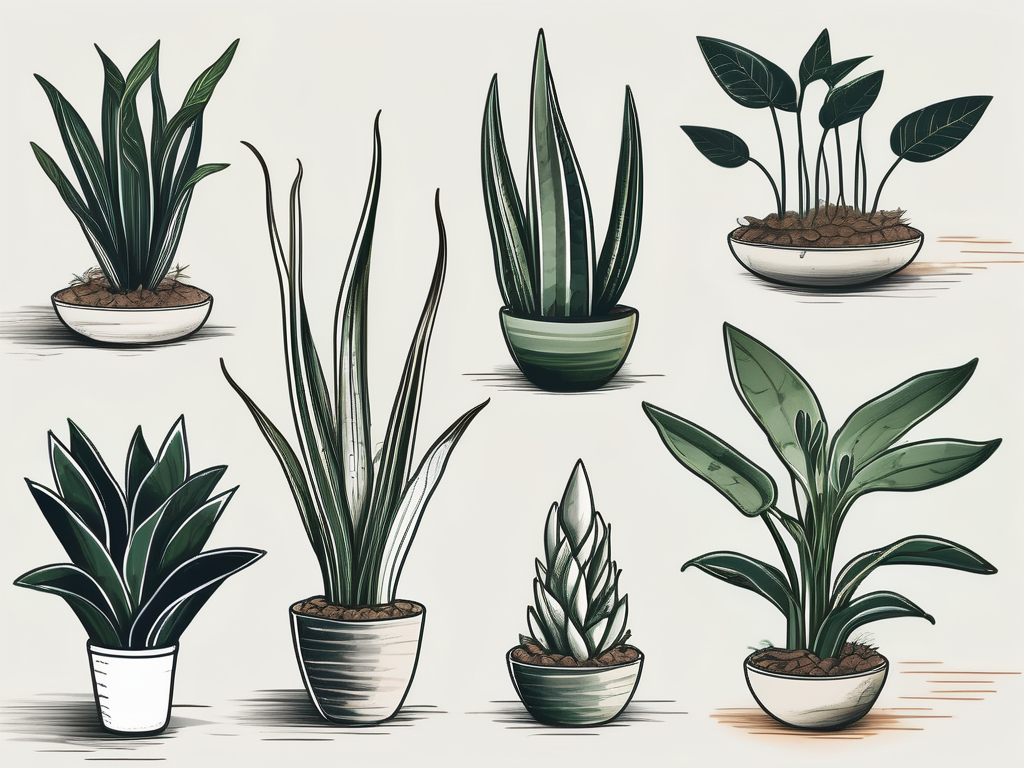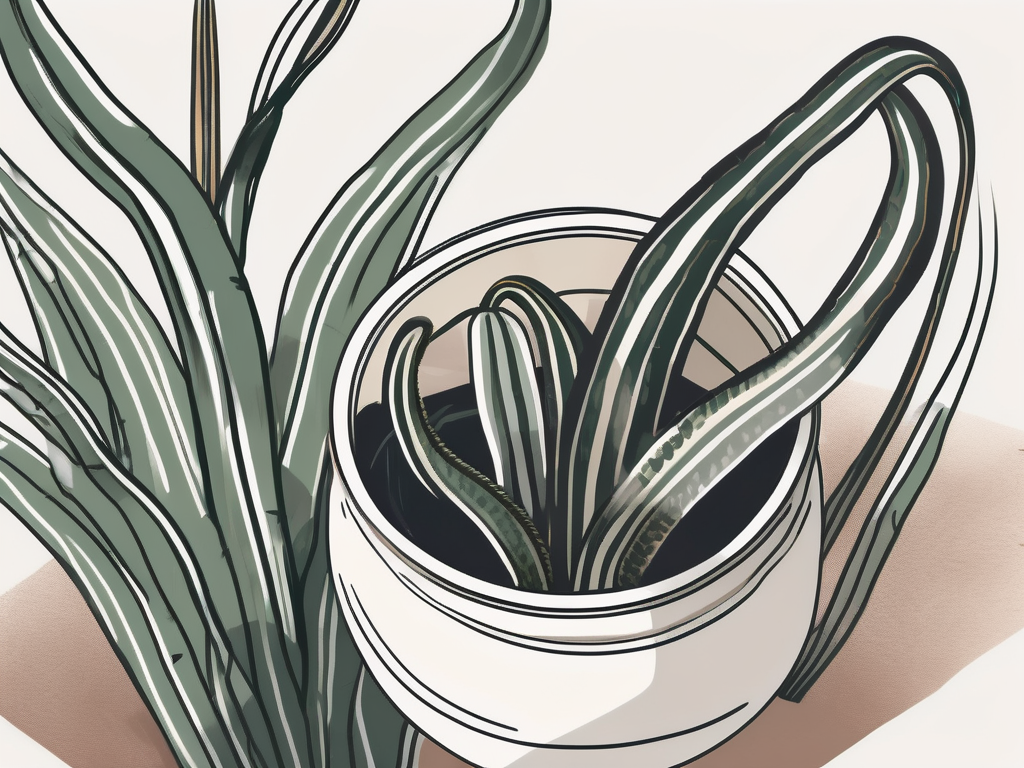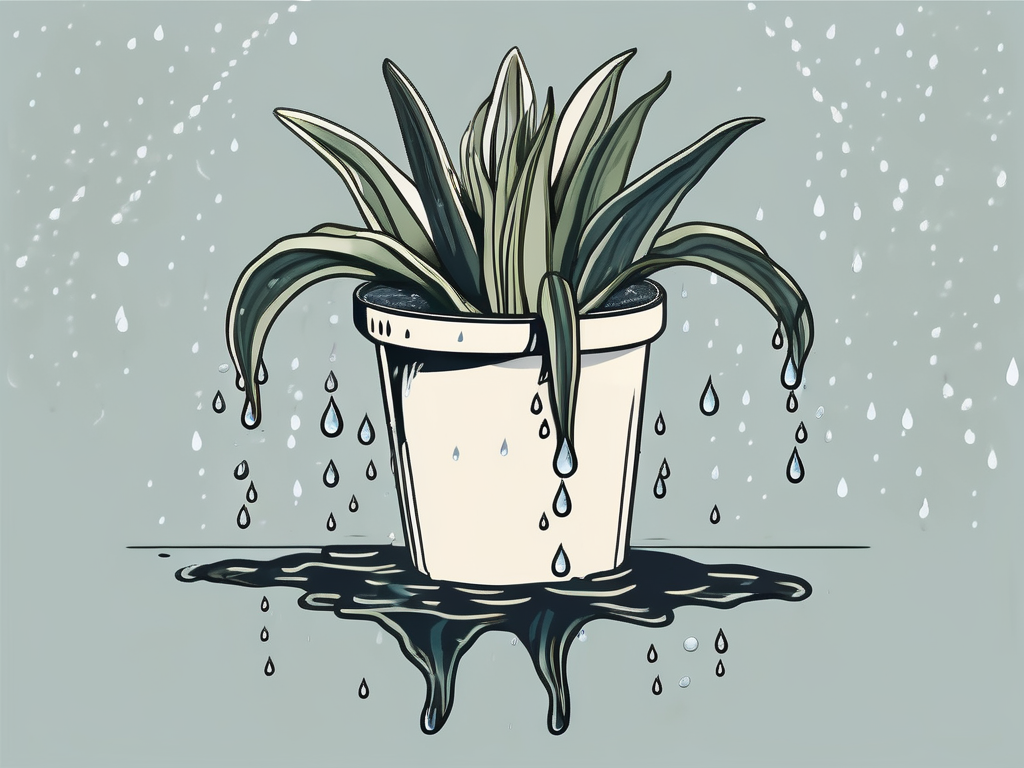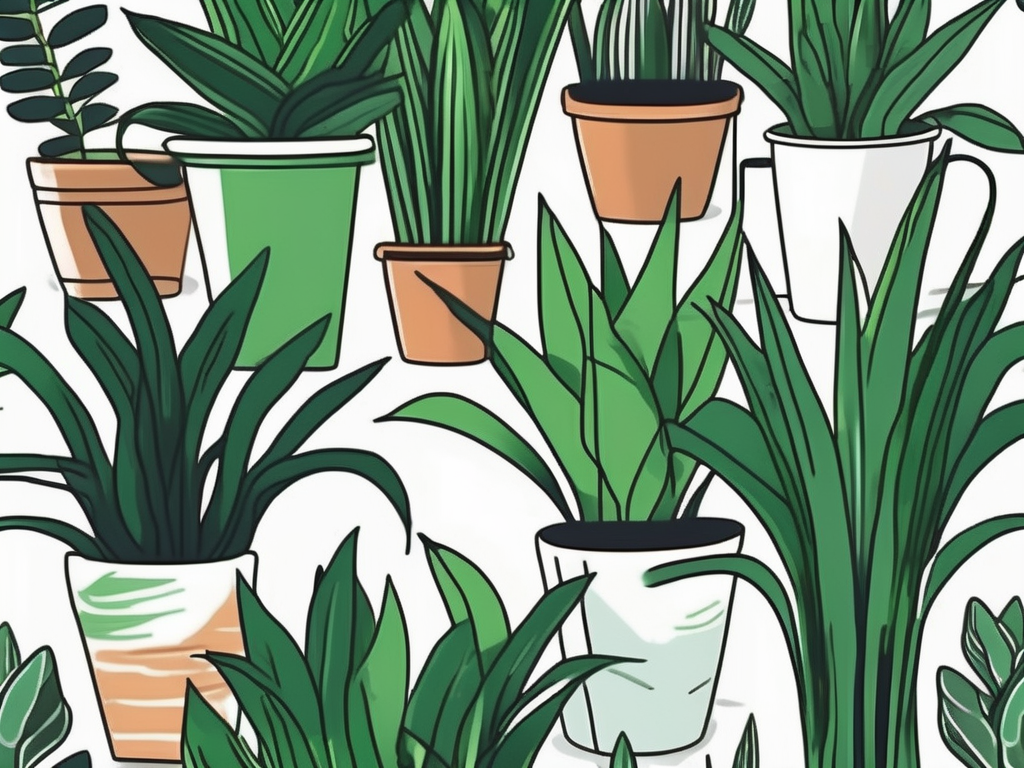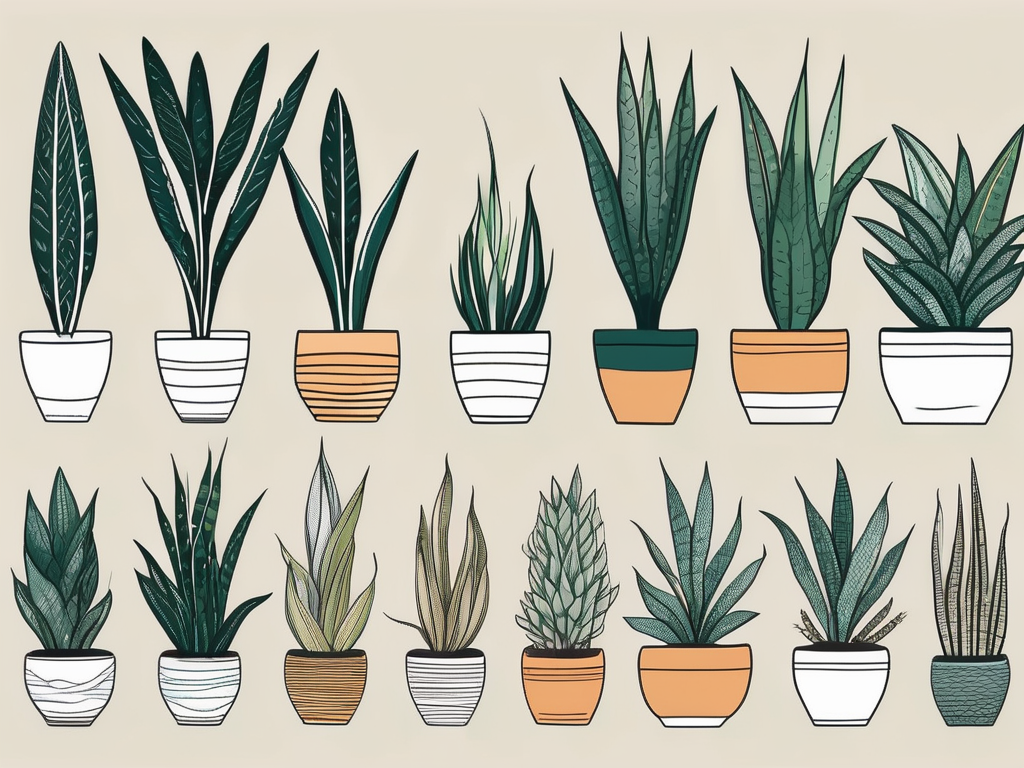
Snake plants, also known as Sansevieria or mother-in-law's tongue, are a beloved choice for plant lovers due to their striking appearance and hardy nature. But what really makes them fascinating is their unique growth journey. Imagine watching this journey unfold through a time-lapse video. You'd see their gradual transformation from humble sprouts to tall, elegant plants, all while barely demanding much attention or care.
In this article, we'll take a closer look at the captivating growth journey of snake plants. We'll cover everything from their basic care needs to how they adapt to different environments. You'll even get some handy tips for creating a beautiful, plant-filled space in your home. Let's get started on this green adventure!
The Basics of Snake Plant Growth
Before diving into the specifics of snake plant growth, it's essential to understand what makes these plants tick. Snake plants are native to West Africa and are part of the succulent family. This means they're designed to store water in their leaves, making them exceptionally drought-tolerant. They're also known for their air-purifying abilities, which is a bonus for any indoor gardener.
The growth rate of snake plants largely depends on a few key factors:
- Light: Snake plants thrive in bright, indirect light but can survive in low-light conditions. However, growth will be slower in less optimal lighting.
- Water: Overwatering is a common mistake with snake plants. They prefer to dry out between waterings. A good rule of thumb is to water them every 2-6 weeks, depending on the humidity and temperature of your home.
- Soil: Well-draining soil is crucial. A cactus or succulent mix works well, or you can make your own by mixing regular potting soil with sand or perlite.
Understanding these basic needs will set you up for success as you watch your snake plant grow.
Time-Lapse: Watching the Magic Happen
Imagine setting up a camera to capture your snake plant's growth over weeks or even months. It might sound like a lot of work, but the payoff is worth it. Watching a time-lapse of a snake plant growing is like witnessing nature's quiet determination. You'll see the leaves slowly unfurl and reach skyward, almost like they're stretching after a long nap.
Setting up your own time-lapse isn't as complicated as you might think. Here's how you can do it:
- Choose the Right Spot: Place your snake plant in a well-lit area where it won't be disturbed. Consistency is key, so avoid moving it around once you've started recording.
- Camera Setup: Use a camera or even a smartphone with a time-lapse setting. Make sure it's stable, perhaps on a tripod, and positioned to capture the entire plant.
- Recording Schedule: Decide how often you'll take a photo. Daily shots usually work well, capturing subtle changes.
Once you've captured enough footage, there are plenty of apps and software available to stitch these images into a time-lapse video. Watching the sped-up version of your snake plant's growth is a mesmerizing experience.
Adapting to Their Environment
One of the most remarkable things about snake plants is their adaptability. They can thrive in a variety of conditions, making them perfect for just about any home. Whether you have a sunny windowsill or a dimly lit corner, there's a good chance your snake plant will adjust accordingly.
In bright light, snake plants tend to grow faster and their colors often become more vibrant. On the flip side, in low light, they might grow a bit slower and appear darker. This adaptability is due to their natural habitat, where they endure periods of intense sunlight followed by shade.
Here's a tip: If you notice your snake plant leaning towards the light, rotate it occasionally to encourage even growth. This simple trick can help maintain a symmetrical appearance, which is especially important if you're aiming for a balanced interior design.
Creating a Snake Plant Haven at Home
Incorporating snake plants into your home's decor isn’t just about placing them on a shelf. It's about creating a space where both you and your plants can thrive. Here are some ideas to get you started:
- Group Them Together: Snake plants look stunning in groups. Mix different varieties for a textured look, or keep it uniform for a minimalist vibe.
- Choose the Right Pot: A stylish pot can enhance your plant's aesthetic. Think about color and material that complements your existing decor.
- Elevate Them: Use plant stands to give your snake plants some height. This can create an eye-catching display, especially in a room with tall ceilings.
By thoughtfully integrating snake plants into your living space, you'll not only improve the aesthetics but also benefit from their air-purifying qualities.
Common Challenges and Solutions
While snake plants are generally easy to care for, they aren't entirely without challenges. But don't worry, these issues are usually straightforward to resolve.
Overwatering: This is the most common problem. If you notice yellowing leaves or a mushy base, it might be due to too much water. Allow the soil to dry out completely before watering again.
Pests: While not common, snake plants can sometimes attract pests like mealybugs. If you spot any, wipe them off with a damp cloth or use an insecticidal soap.
Root Rot: This occurs when the plant is left in soggy soil for too long. If you suspect root rot, remove the plant from its pot, trim away the affected roots, and repot in fresh soil.
With a bit of attention and care, these issues can be managed, ensuring your snake plant continues to grow strong and healthy.
Fun Facts About Snake Plants
Snake plants aren't just about looks and easy care; they come with a few fun facts that might surprise you:
- Nighttime Oxygen Production: Unlike most plants, snake plants release oxygen at night, making them great bedroom companions.
- Variety Galore: There are about 70 different species of snake plants, each with its own unique leaf patterns and growth habits.
- Historical Uses: In some cultures, snake plants have been used in traditional medicine for their antibacterial properties.
These intriguing facts only add to the charm of having a snake plant in your home.
Propagation: Growing Your Snake Plant Family
One of the joys of owning snake plants is their ease of propagation, allowing you to expand your collection or share with friends. There are a few methods to propagate snake plants, but one of the simplest is through leaf cuttings.
Here's a quick guide:
- Choose a Healthy Leaf: Select a mature, healthy leaf and cut it near the base.
- Let It Callous: Allow the cut end to dry and callous over for a day or two to prevent rot.
- Plant in Soil: Insert the calloused end into well-draining soil. Water sparingly until new growth appears.
With a little patience, you'll see new shoots emerging from the soil, ready to become full-fledged snake plants.
Designing with Snake Plants in Mind
Snake plants are a designer's dream due to their sleek, architectural look. Whether your style is modern, boho, or somewhere in between, these plants can fit right in.
Modern Spaces: In a modern setting, consider pairing snake plants with sleek furniture and neutral color palettes. Their bold lines can add visual interest without overwhelming the space.
Boho Vibes: For a bohemian feel, mix snake plants with a variety of other houseplants of different textures and colors. Add in some rattan furniture and cozy textiles to complete the look.
Snake plants are incredibly versatile, allowing you to play around with different arrangements until you find what feels right for your space. Their adaptability and low maintenance make them a go-to choice for any style.
Embracing the Journey
Watching your snake plant grow is more than just a botanical experiment; it's a journey of patience and growth. Each new leaf is a small victory, a testament to the care and attention you've given. It's a reminder that even in the slow, quiet moments, progress is being made.
So whether you're setting up a time-lapse to capture your plant's growth or simply enjoying its presence in your home, remember that you're part of this journey. As your snake plant thrives, so too will your confidence as a plant parent. And who knows? You might find yourself adding more greenery to your home.
Final Thoughts
Snake plants are a wonderful addition to any home, offering beauty, air purification, and a fascinating growth journey to observe. With the right care and a bit of patience, you'll find them to be a rewarding companion in your indoor garden.
At Cafe Planta, we're passionate about helping you care for your plants. Whether you're looking to add to your collection or need advice on plant care, we're here to support you. If you have questions, feel free to email us or reach out on Instagram. We believe in the power of plants to connect us to nature and each other. Let's grow together!
















